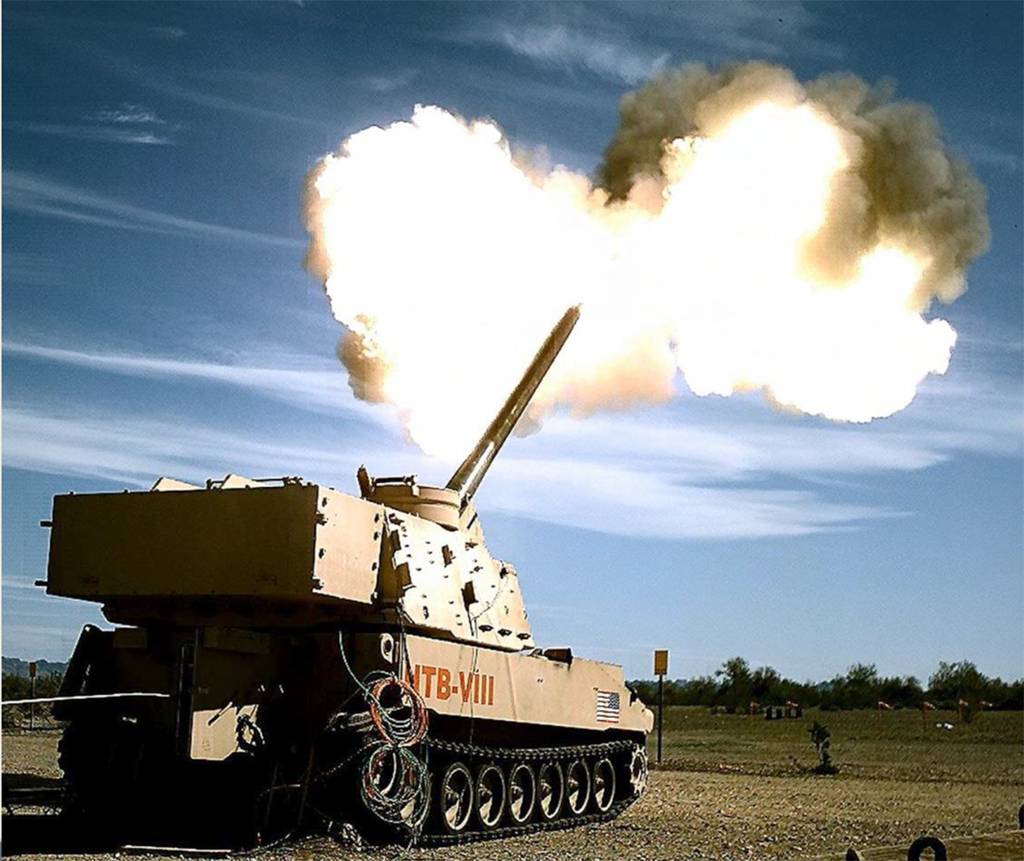El US Army ha decidido cancelar el esfuerzo de C&T relacionado con el programa para el desarrollo del Strategic Long Range Cannon (SLRC). Este sistema tenía como ambicioso objetivo, otorgar a las Fuerzas terrestres la capacidad de realizar fuegos precisos con artillería de tubo, hasta una distancia de más de 1000 millas. Por esa razón y como los Fuegos precisos de largo alcance (LRPF) son una de las seis prioridades de modernización de esa fuerza establecidos en 2017, se ha resuelto hacer un mejor uso de los recursos presupuestarios, evitando así redundancias y enfocando el esfuerzo en programas actualmente en avanzado estado de desarrollo, como el ERCA (Extended Range cannon Artillery), el LRHW (Long Range Hypersonic Wespons) y el PrSM (Precision Strike Missile) entre otros.
WASHINGTON — The U.S. Army has decided to cancel the science and technology research effort for a potential program to develop a strategic long-range cannon, the service confirmed.
Long-Range Precision Fires is a top priority for the Army when it comes to developing a modernized force capable of facing off against near-peer adversaries like China. The Strategic Long-Range Cannon, or SLRC, could provide a way to achieve artillery ranges of 1,000 nautical miles.
Congress directed the Army to stop funding the long-range cannon in its fiscal 2022 appropriations act, and “based on that direction, the Secretary of the Army decided to terminate the [SLRC] project this year,” Ellen Lovett, Army spokesperson said in a May 20 statement to Defense News.
The decision also “eliminates potential redundancy, and ensures we effectively use tax dollars to achieve modernization objectives,” she wrote. “Pursuing the effort could cost billions of dollars even if the science and technology effort succeeded because the Army would have to enter into a development program, procure the system, and create entirely new units to operate it.”
The Army still has four other long-range fires programs set to reach operational Army units in 2023: Extended Range Cannon Artillery (ERCA), the Long-Range Hypersonic Weapon (LRHW), the Mid-Range anti-ship Missile (MRC) and the Precision Strike Missile (PrSM).
“Any unused funds originally allocated to LRC will be reapplied against other S&T projects in accordance with the direction of the Assistant Secretary of the Army for Acquisitions, Logistics and Technology,” Lovett stated.
During a House Armed Services Tactical Air and Land Forces subcommittee hearing last week, Army acquisition chief Doug Bush told lawmakers the decision to cancel the S&T effort for the SLRC was to avoid “redundancy” and “potential cost implications.”
While full cost estimates are not normally made for programs in the S&T phase, Bush said “we did feel we had sufficient information based on similar programs that are in development and to understand the rough scope of such an effort, and the secretary believes that was enough information to support her decision.”
Some work on the SLRC S&T effort was ongoing, but the Army had mostly taken a pause as it waited for a National Academy of Sciences report on the cannon’s technical feasibility, Brig. Gen. John Rafferty, who oversees the service’s long-range precision fires development, told Defense News in March 2021.
The independent study, congressionally mandated in FY20, was expected to be released last year, but has yet to be made public. Beginning in September 2020, the committee at the National Academy of Sciences held five meetings, the last of which took place in January 2021, according to its website.
According to FY21 budget justification documents, the Army had planned to spend roughly $70 million in FY22 on advanced development on the program, but subsequent documents from FY22 and FY23 showed no plan to continue funding the effort beyond FY21.
The Army spent $62 million in FY21 to assess various aspects of the technology needed for the long-range cannon.
Fuente: https://www.defensenews.com


